Graham Reid | | 2 min read
The Bee Gees: Alone
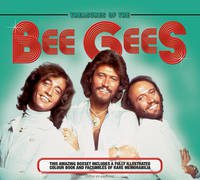
If the Beatles were the greatest songwriters since Schubert as William Mann, the chief music critic of The Times, once asserted (in the very early Sixties, they got better) then what is to be said about the Bee Gees?
Brian Wilson's comment that they were "Britain's first family of harmony" when inducting them into the Rock and Roll Hall of Fame hardly seems adequate. That was just about the fact they could sing -- Grammys, Ivor Novello awards and numerous other accolades like gold and platinum discs would attest to that.
But the brothers Gibb, individually or together, also penned songs which became hits for Barbra Streisand, Kenny Rogers and Dolly Parton (Islands in the Stream), Lulu, Elvis Presley, Al Green, Boyzone, Steps, Take That . . .
They might not have appealed to the glib Clive Anderson (whose television interview show they walked out on, see clip below), but any intelligent assessment of their career would place them on the same platform as both the Beatles and Schubert. Not necessarily for massive sellers like Night Fever or You Should Be Dancing, but for myriad other cleverly crafted songs in their enormous catalogue which stretches to almost two dozen studio albums.
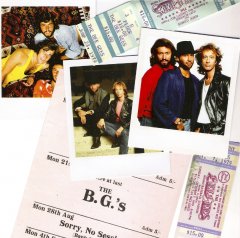 And over time there has been a reconsideration of albums such as Robin's solo outing Robin's Reign and the Bee Gees' Odessa. Even as late as '97 when they had long since ceased to command attention from hip media they were still delivering songs such as the beautifully realised Alone which went top 10, if not top five, on charts all over the world (America being a notable exception).
And over time there has been a reconsideration of albums such as Robin's solo outing Robin's Reign and the Bee Gees' Odessa. Even as late as '97 when they had long since ceased to command attention from hip media they were still delivering songs such as the beautifully realised Alone which went top 10, if not top five, on charts all over the world (America being a notable exception).
The Bee Gees' lives have been much analysed -- not the least by themselves in television docos -- but for the obsessive fan this book (which mirrors similar volumes about Lennon, Dylan and Presley with a career overview, rare photos and facsimiles of memorabilia) is probably a nice coffetable addition to the files.
However unlike those others mentioned (and another on Sinatra), this 63-page long-form book by esteemed British rock writer Southall comes with those ringing words "unoffical and unathorised".
In terms of text that is hardly a problem as the story is familiar, although Southall admirably acknowledges the tensions (creative and personal) between the brothers as well as offering a brief chapter on Andy Gibb and something on the role of Robert Stigwood.
But the memorabilia facsimiles (a backstage pass, concert tickets, posters etc) seem a bit ordinary and are sometimes poorly reproduced. There are some replica Polaroids from the Saturday Night Fever era which are kinda cool, but the concert posters and other inserts hardly cry out to be framed as many of those in other such books have done.
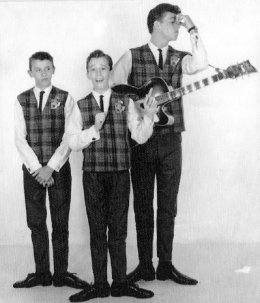 The posters are of interest however because you get to see who was on the bill with them or playing the same venue the following night: Good but forgotten bands like Amen Corner, Spanky and Our Gang (at Cow Palace in San Francisco, where the Beatles played their final concert), Jimmy James and the Vagabonds . . .
The posters are of interest however because you get to see who was on the bill with them or playing the same venue the following night: Good but forgotten bands like Amen Corner, Spanky and Our Gang (at Cow Palace in San Francisco, where the Beatles played their final concert), Jimmy James and the Vagabonds . . .
Quite a few photos among the hundred or so are terrific however, not the least being a howling funny one of them in a 1963 publicity shot.
This is when "unauthorised" works in a book's favour.
If you thought they were just big hair, teeth and chests this is the one which will alert you to . . . their 5 o'clock feet.
So while there are small pleasures to be had here -- and this takes nothing away from Southall's text -- the package shortchanges in the very place it should be delivering.
For more on the Bee Gees go here.
Treasures of The Bee Gees is available in New Zealand (through Southern Publishing Group) at $59.99

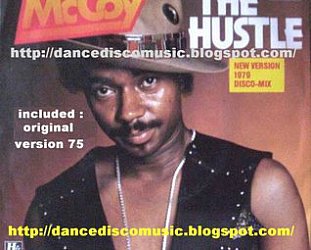
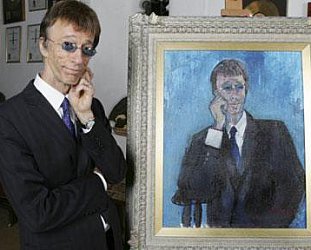
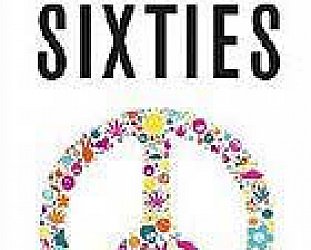
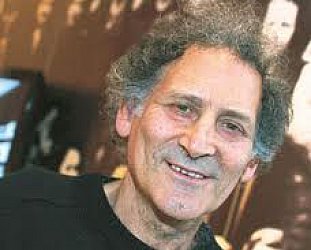

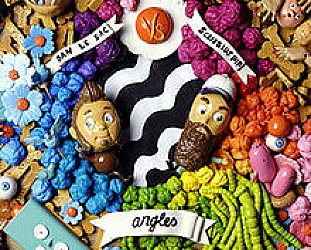
post a comment